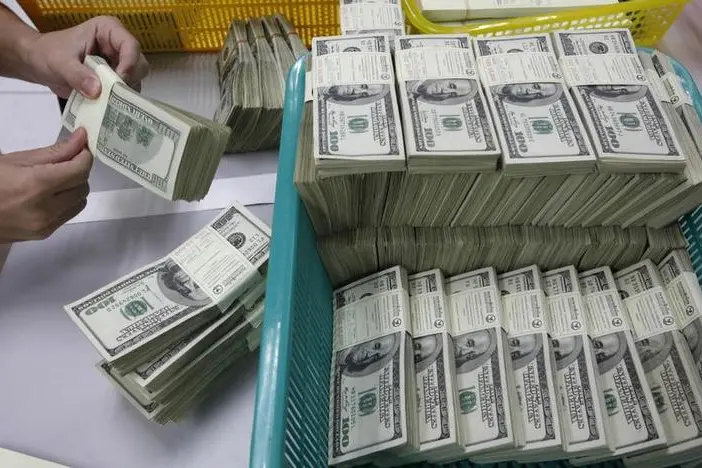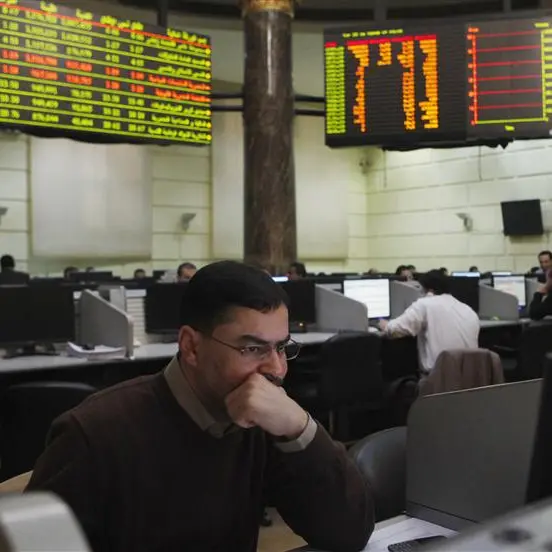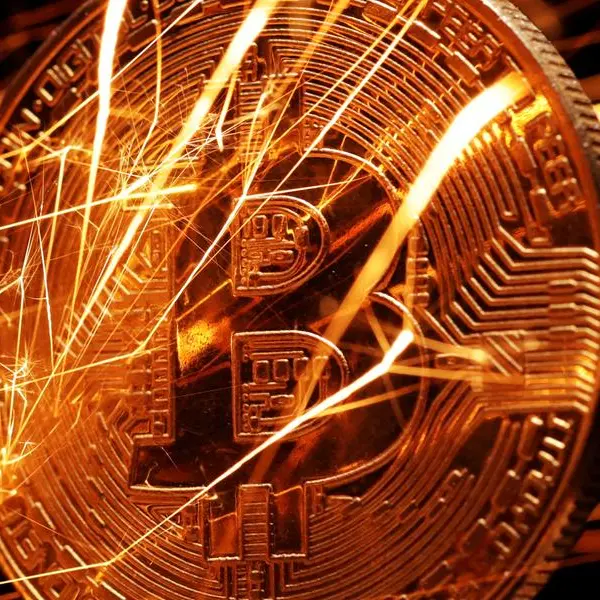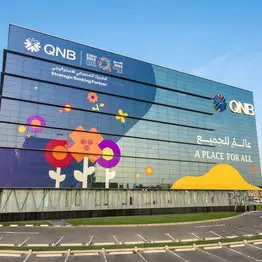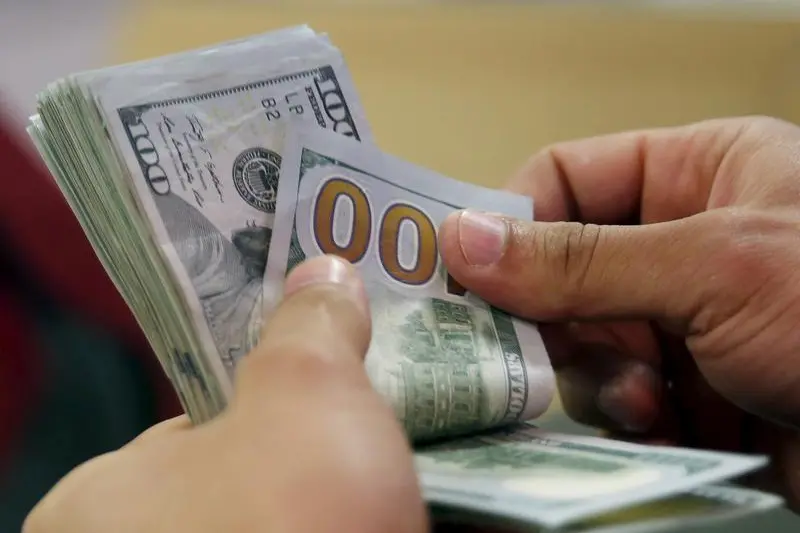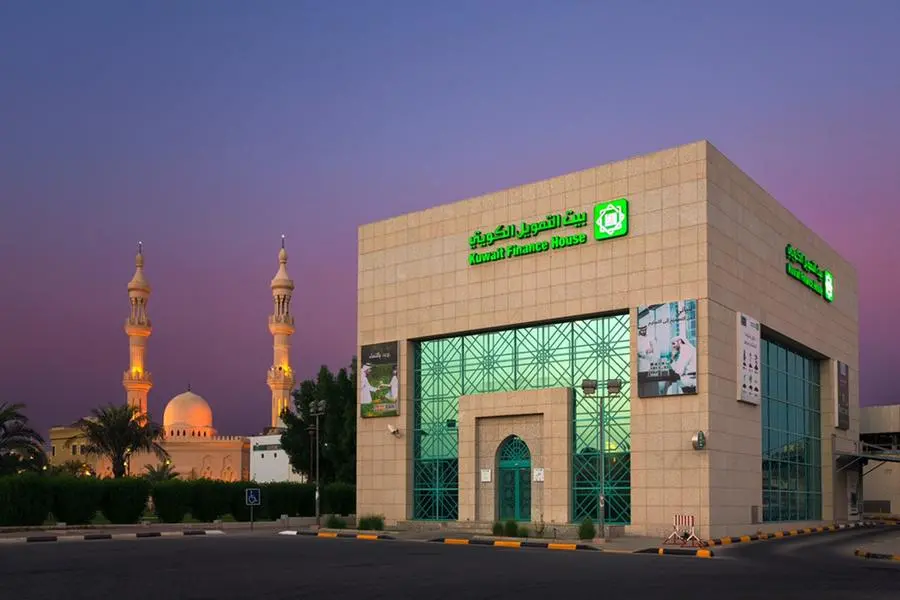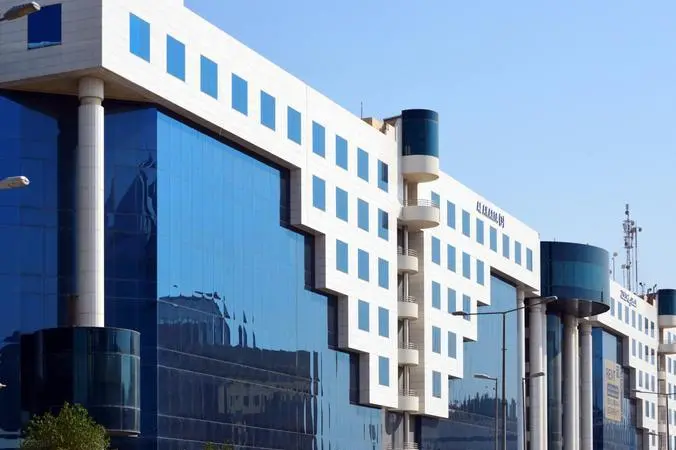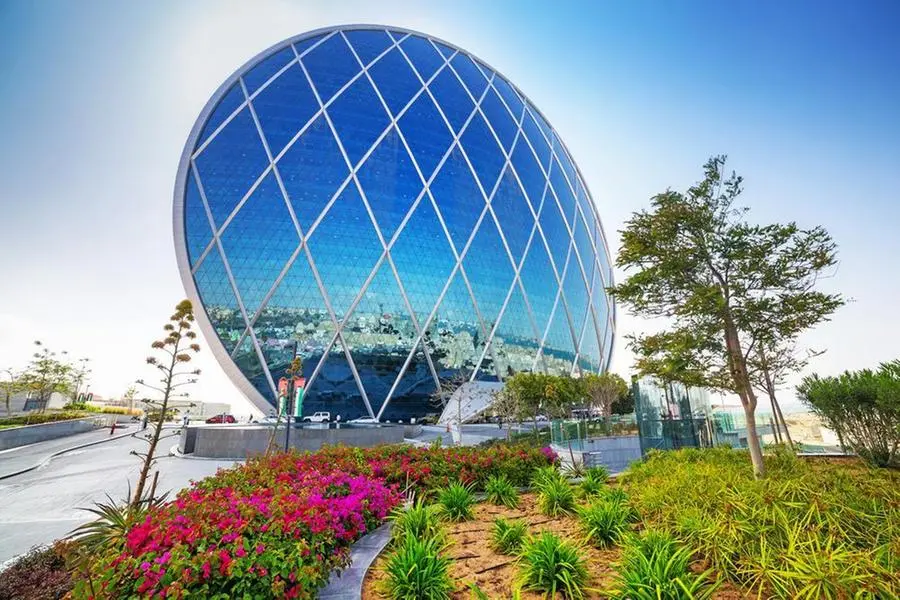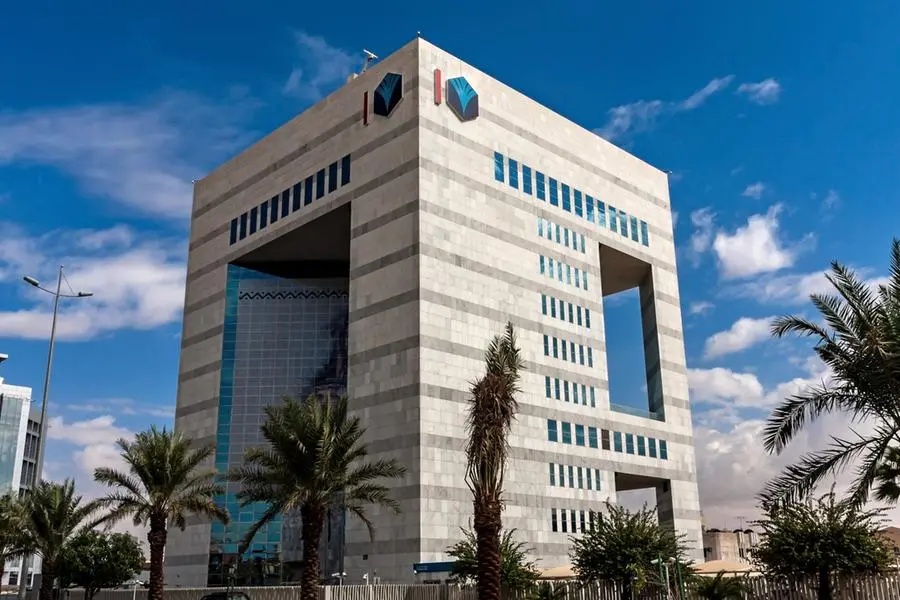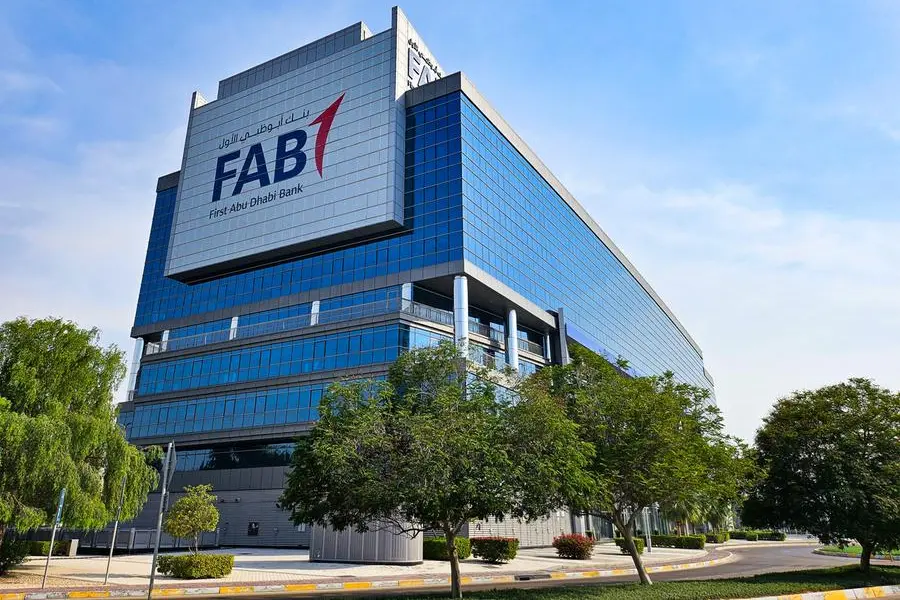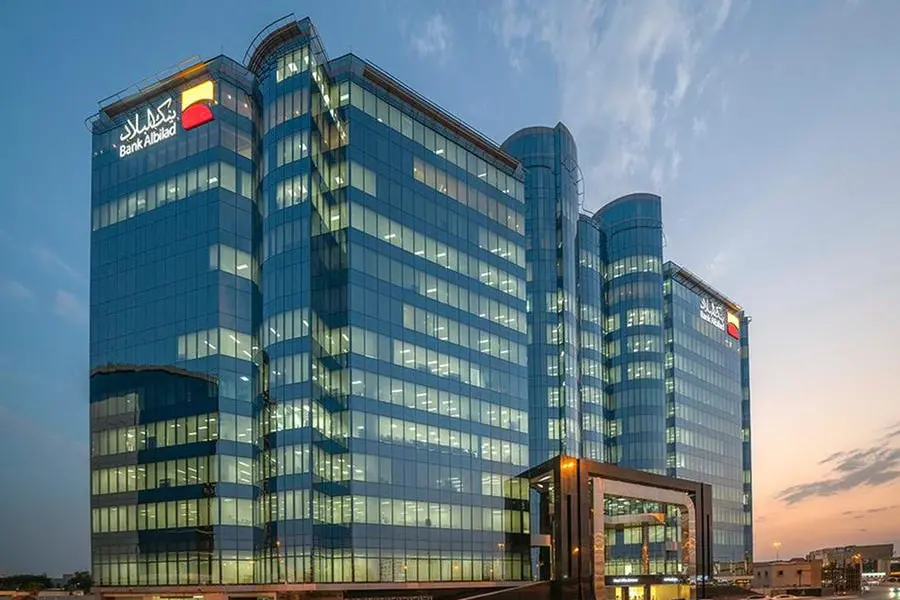PHOTO
Jordan and Lebanon are committed to keeping their currencies pegged to the United States dollar, despite the fact that this means a higher interest rate environment for economies that are struggling to grow, according to senior central bank figures from both Arab states.
The second vice-governor of Lebanon’s central bank, Banque de Liban, Saad Andary, said during a panel debate at the Institute of International Finance’s MENA Financial Summit on Tuesday that his country had “limited resources” to deal with a massive influx of Syrian refugees that have come into the country since the onset of the war in that country in 2011.
He said that, between 2007 and 12, Lebanon had attracted more than $4.5 billion in capital inflows, and that this more than doubled to $10 billion a year between 2012 and 17, which he attributed to the stability provided by the US dollar peg.
“This has helped us to build large international reserves, which, combined with large gold reserves, effectively covers all Lebanese pound deposits – about 90-95 percent,” Andary said.
Lebanon has suffered from a slowing economy in recent years - the International Monetary Fund (IMF) in June estimated economic growth in the country for 2017 and 2018 at between 1-1.5 percent. The country is also grappling with a huge external debt balance – government debt is currently above 150 percent of gross domestic product (GDP) and total external debt, including non-resident deposits, is 200 percent of GDP. At the same time, the country has witnessed an inflow of 1.5 million refugees since the onset of war in neighbouring Syria in 2011.
Andary said that it has had “little support from the international community” in terms of accommodating refugees, which has led to tensions in the labour market.
The various political factions in Lebanon have also been unable to agree on the formation of a new government since the most recent election took place in May.
Andary said that, as a small country, it “cannot depend on agriculture or industry” to grow its economy.
“We have to depend on basically the knowledge economy. We’re working hard on growing the knowledge economy and we are looking for the near future to start the oil and gas exploration.”
He said that a consortium of international companies led by Total would begin exploration efforts “towards the end of 2019” and that he expects this to take three to four years to complete.
Speaking on the same panel, Adel Al-Sharkas, deputy governor of the Central Bank of Jordan, said that it had to contend with many of the same issues as Lebanon, including low growth rates and the arrival of 1.3 million refugees in the country since the onset of the war in Syria. It also has a sizeable budget deficit and a government debt-to-GDP ratio of 95 percent, Al-Sharkas said.
The country has had to deal with other problems, such as the closure of its border with Iraq due to security concerns, which cut off a market that was responsible for about 20 percent of its exports.
Border boost
However, Al-Sharkas said that growth started to pick up after the border was reopened in March, and stood at 2 percent in the second half of the year. The country has witnessed a 50 percent decline in foreign direct investment due to security concerns, Al-Sharkas said, but added that the country’s central bank was looking to support strategically-important industries such as agriculture, technology and to SMEs by offering them low-cost, long term loans.
He said that 500 million Jordanian dinars ($750 million) out of a total of 1 billion dinars available through the scheme has already been allocated.
“They helped 8,000 projects and they hired almost 10,000 employees,” Al-Sharkas said.
He predicted GDP growth of 2.5 percent next year for Jordan, anticipating further growth in trade from the reopening of the Iraqi border, from tourism and the IT industry.
He also said Jordan was committed to maintaining its dollar peg.
“We had all enjoyed a low interest rate environment for a long time. Now, we are going back to normal,” Al-Sharkas said, adding that on top of the December rate rise by the US Federal Reserve he expects a further two or three rate rises next year. “I think these levels are manageable for our exchange rate regime. The market has already discounted the December one.”
Earlier on Tuesday, Radwan Shaban, chief economist of Jordan’s Arab Bank, said that “most of the economies globally that have a (dollar) peg are in our region”, including Jordan, Lebanon, Iraq and five out of the six Gulf Cooperation Council (GCC) states.
He said that some of these have faced pressure in recent years – Saudi Arabia’s peg came under pressure just under two years ago as oil prices fell below $30 per barrel, while Bahrain’s currency faced pressure earlier this year before three GCC neighbours offered an economic support package.
However, he added that “we basically don't see the peg as something that's going to change - I think this is something that’s with us and will be with us for a while”.
He said that pegged countries have followed credit tightening policies embarked upon by the United States by raising interest rates in step, but added that while oil exporting countries benefiting from higher prices could offset this by easing fiscal policies, countries such as Jordan and Lebanon were being forced to undergo fiscal and monetary tightening at the same time, which was “slowing economic activity in those countries”.
(Reporting by Michael Fahy; Editing by Shane McGinley)
Our Standards: The Thomson Reuters Trust Principles
Disclaimer: This article is provided for informational purposes only. The content does not provide tax, legal or investment advice or opinion regarding the suitability, value or profitability of any particular security, portfolio or investment strategy. Read our full disclaimer policy here.
© ZAWYA 2018
